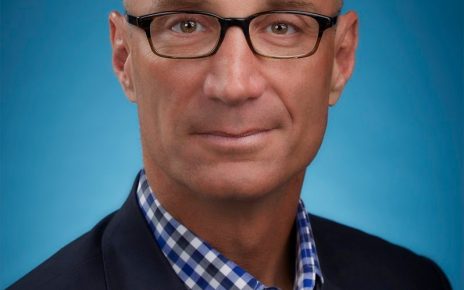Forget about social distancing and vaccine. Herd community is a way to eliminate COVID-19. The theory everyone was infected and remains immune after the infection. 93% got infected in this US county, the first in the world and the United States.
- Lancaster County in the US State Pennsylvania has become the ‘first to achieve herd immunity on COVID-19.
- The Amish Community in Pennsylvania did not have social distancing rules or any other rules during the pendemic.
- 90% of households became infected with virus when they resumed church services late last spring
The Amish are a group of traditionalist Christian church fellowships with Swiss German and Alsatian Anabaptist origins. They are closely related to Mennonite churches. The Amish are known for simple living, plain dress, Christian pacifism, and slowness to adopt many conveniences of modern technology, with a view to not interrupt family time, nor replace face-to-face conversations whenever possible.
This Amish community in Pennsylvania, USA achieved herd immunity to COVID-19′ after 90 percent of their households became infected with the virus when they relaxed commonly known social distancing rules.
The administrator of a medical center in the heart of the Amish community in New Holland Borough estimates as many as 90 percent of Plain families have since had at least one family member infected, and that this religious enclave achieved what no other community in the country has: Herd Immunity.
Public health officials and epidemiologists did not dispute the widespread outbreak Hoover described. But they voiced concern that misplaced perception of herd immunity in a population that makes up 8 percent of Lancaster County may compromise the effort to turn the tide on the pandemic.
It is unknown whether achieving herd immunity last year would be beneficial now.
Some infectious disease experts did not want to rely on herd immunity. According to some scientists, past infections and existing antibodies may provide limited protection.
A member of the Amish community acknowledged that face masks and social distancing have been critical for mitigating the spread of COVID-19. He wears face-covering when interacting with non-Amish. But he also knows many in the Plain community don’t take the same precautions.
‘As a general rule, we want to respect those around us,’ said the local medical administrator for 17 years. Mr. Hoover. Because of perceived immunity, Hoover said, the Plain community believes public health directives don’t ‘apply to us.’
It’s a perspective Hoover understands, but doesn’t share.
The Plain community in Lancaster County, which includes both Amish and Mennonites, is not insignificant. Combined, it represents nearly 8% of the county’s population of just more than 545,000 residents, according to estimates from Elizabethtown College’s Young Center for Anabaptist and Pietist Studies.
Under the right conditions, a single infected individual can trigger an outbreak, according to Hoover.
Take what happened at Disneyland.
Two decades ago, measles was declared eradicated in the United States because of an effective national vaccination campaign. But that didn’t stop an outbreak from infecting 150 people in seven states, Mexico and Canada in 2014, according to the Centers for Disease Control and Prevention (CDC). The outbreak was attributed to unvaccinated children.
The implication is this: If an outbreak of a highly contagious disease for which there is a proven vaccine could happen at the Happiest Place on Earth, it can happen in Lancaster County.
An outbreak among the Plain would impact the wider community because while these religious sects are insular, they are not isolated. The Plain mingle with the English, as they refer to their non-Amish neighbors, at grocery stores, their places of business and other public places.
There could easily still be pockets of the (Plain) community who have not been infected, and if they’re infected, there’s a real risk of having an outbreak.




